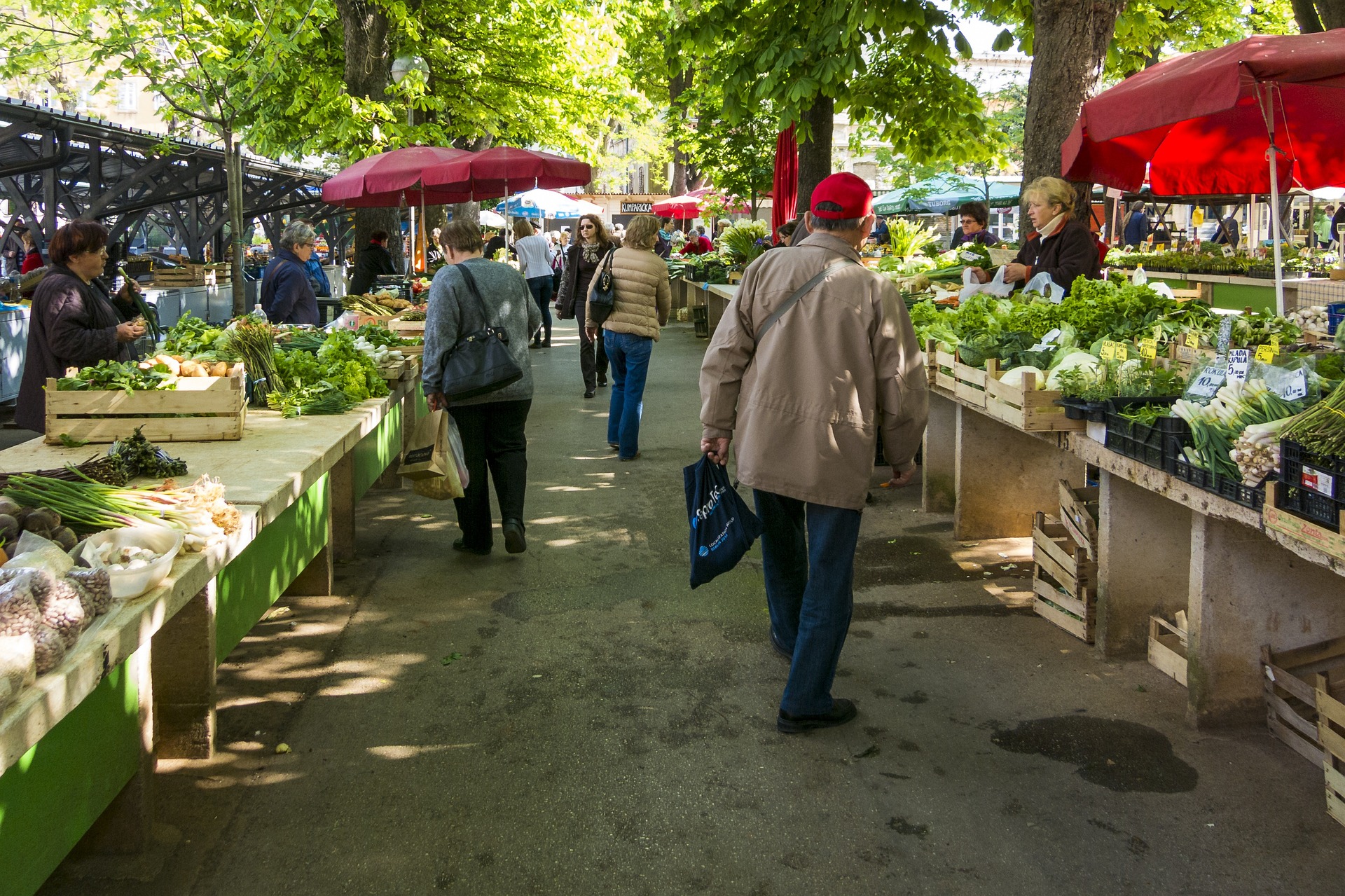Culinary Alchemy: Transforming Humble Ingredients into Gourmet Delights
Unlock the secrets of culinary alchemy and elevate everyday ingredients to gastronomic treasures. This article delves into the art of transforming simple, affordable foods into restaurant-worthy dishes that will impress even the most discerning palates. Discover innovative techniques, flavor pairings, and presentation tips that will revolutionize your home cooking.

Texture Transformation Techniques
Texture plays a crucial role in the overall dining experience, and mastering various texture transformation techniques can take your cooking to the next level. One simple yet effective method is to experiment with different cooking temperatures and times. For instance, slow-roasting vegetables at a low temperature can concentrate their flavors and create a melt-in-your-mouth texture, while quickly searing them at high heat can add a delightful crunch. Another technique to explore is the use of molecular gastronomy-inspired methods, such as spherification, to create bursts of flavor and unexpected textures. Try making caviar-like spheres using fruit juices or sauces to add an element of surprise to your dishes. By paying attention to texture, you can elevate even the most basic ingredients into exciting culinary creations.
The Art of Flavor Pairing
Mastering the art of flavor pairing is essential for transforming humble ingredients into gourmet delights. While some classic combinations are well-known, thinking outside the box can lead to truly innovative and delicious results. Experiment with unexpected pairings like strawberries and basil, chocolate and olive oil, or watermelon and feta cheese. Use the concept of complementary flavors to balance and enhance your dishes. For example, pair rich, fatty foods with acidic elements like citrus fruits or vinegar to cut through the heaviness. Don’t be afraid to mix sweet and savory flavors, such as adding a touch of honey to roasted vegetables or incorporating fruit into savory meat dishes. By understanding and experimenting with flavor profiles, you can create unique and memorable taste experiences that will elevate your cooking to new heights.
Presentation: Plating Like a Pro
The saying “we eat with our eyes first” holds true when it comes to transforming simple ingredients into gourmet dishes. Mastering the art of plating can instantly elevate your culinary creations from ordinary to extraordinary. Start by choosing the right plate or serving vessel that complements your dish in both color and style. Experiment with different plating techniques, such as using negative space to create visual interest or arranging elements in odd numbers for a more appealing composition. Incorporate various heights and textures on the plate to add dimension and intrigue. Use garnishes thoughtfully, ensuring they not only look beautiful but also contribute to the overall flavor profile of the dish. Don’t forget about color theory – contrasting colors can make your food pop on the plate. With these plating techniques, you can turn even the simplest of ingredients into Instagram-worthy masterpieces that are sure to impress.
Infusing Global Flavors
One of the most effective ways to transform humble ingredients into gourmet delights is by incorporating global flavors and techniques. Explore the vast world of spices, herbs, and condiments from different cuisines to add depth and complexity to your dishes. For example, try marinating chicken in a blend of Greek yogurt and Middle Eastern spices like za’atar and sumac for a unique twist on a simple protein. Experiment with Asian flavor profiles by adding a splash of fish sauce or a dollop of gochujang to your next stew or sauce. Learn about lesser-known ingredients like African peri-peri sauce or Latin American aji amarillo paste to bring exciting new dimensions to your cooking. By infusing global flavors into your dishes, you can elevate everyday ingredients into culinary adventures that transport your taste buds around the world.
Culinary Alchemy: Tips and Tricks
-
Invest in a good quality finishing salt to add a final flourish to your dishes
-
Experiment with different cooking methods like sous vide or smoking to transform familiar ingredients
-
Use fresh herbs as more than just garnish – incorporate them into sauces, marinades, and compound butters
-
Master the art of reduction sauces to concentrate flavors and add luxury to simple meals
-
Explore fermentation to create unique flavor profiles and preserve seasonal ingredients
-
Learn to make your own flavored oils and vinegars for instant gourmet touches
-
Experiment with different types of citrus zest to add brightness and depth to your dishes
-
Use edible flowers to add visual appeal and subtle flavors to your creations
In conclusion, culinary alchemy is about more than just following recipes – it’s about understanding the principles of flavor, texture, and presentation to transform humble ingredients into extraordinary meals. By mastering these techniques and embracing creativity in the kitchen, you can elevate your cooking to gourmet levels without breaking the bank. Remember, the key to successful culinary transformation lies in experimentation, attention to detail, and a willingness to think outside the box. So, roll up your sleeves, fire up your stove, and let the magic of culinary alchemy begin in your kitchen!





